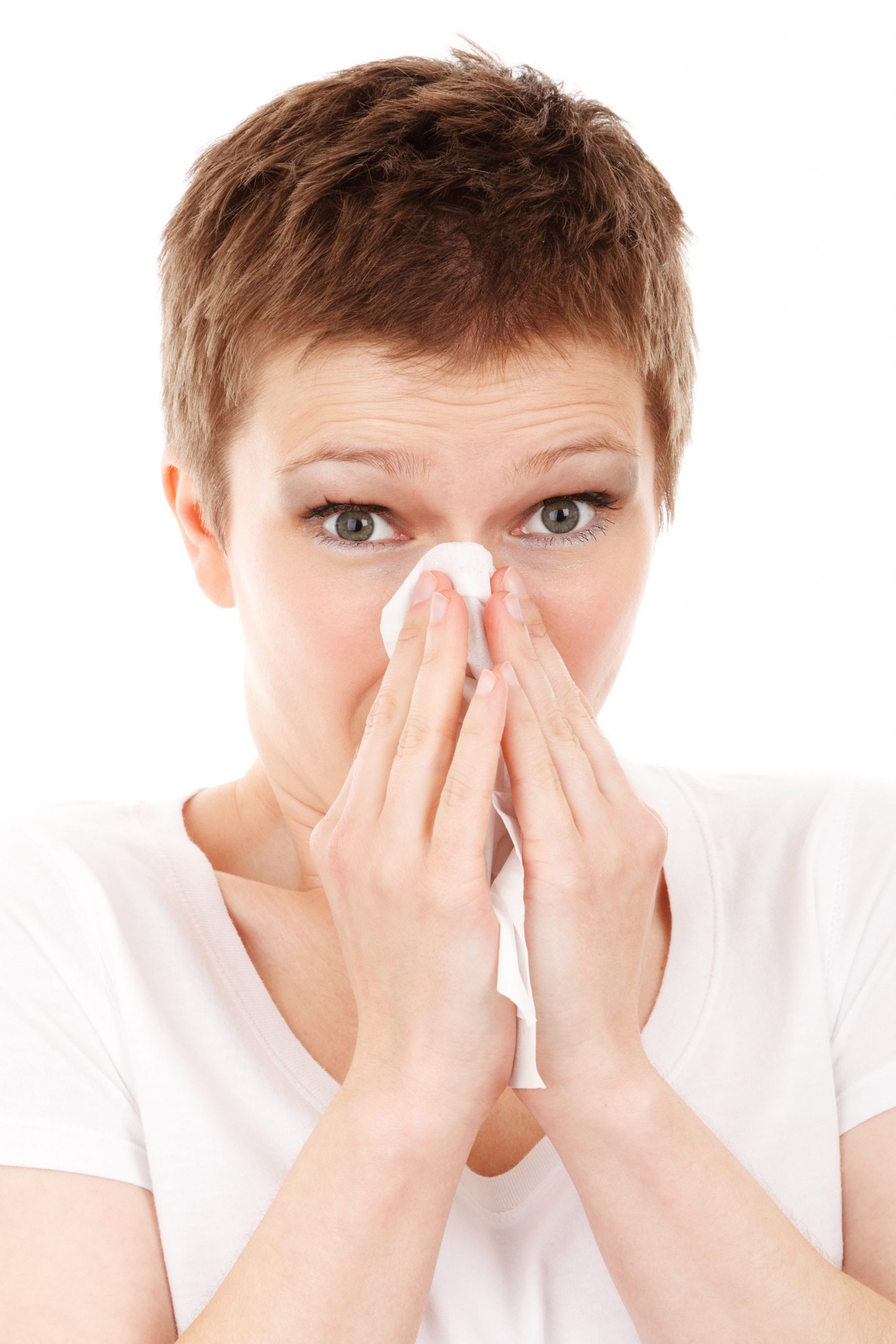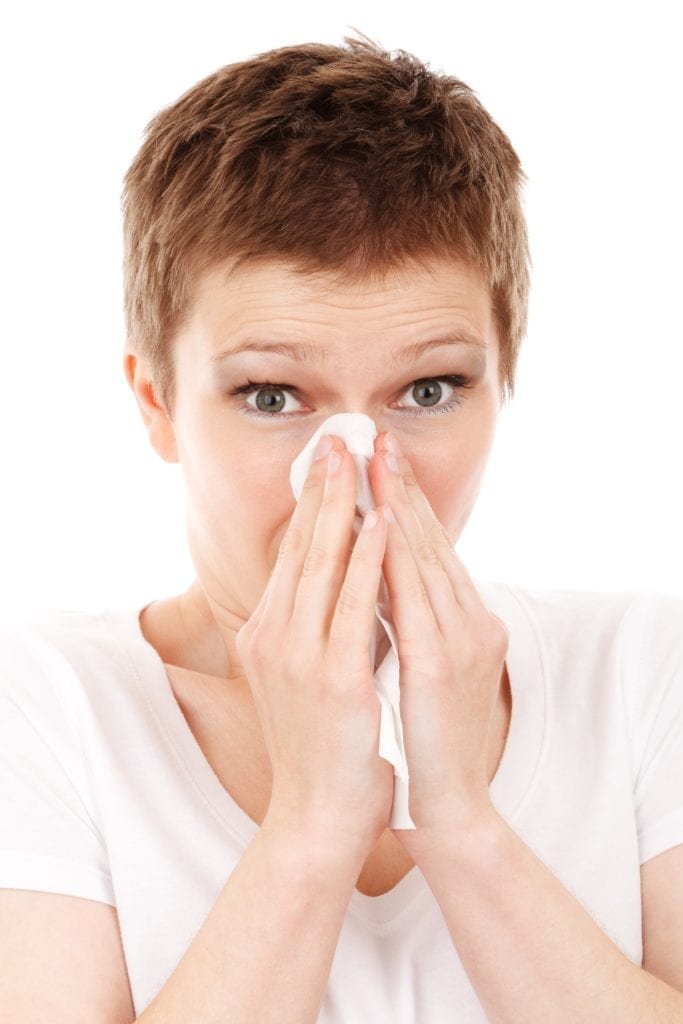If you’re an allergy sufferer, you’ll know how difficult your allergy can make your everyday life. A runny nose, sore eyes, sneezing and wheezing can have a real impact on your work or school life, your social life as well as your home and family life. In short, life can be miserable with a bothersome allergy.
This is precisely why it’s important to address the problem of any allergy head on.
Dust mite allergies are particularly difficult to suffer from; sadly, often being in your own home is when your allergy symptoms are at their worst. Your home should be your place of refuge and comfort, but if you are a dust mite allergy sufferer, this is often not the case.
As a dust mite allergy sufferer, it is certainly possible to take steps to improve your home environment and lessen the effects of your allergy on your everyday life. But before you read about those, it’s equally important to fully understand what dust mites are and what a dust mite allergy is.
What are dust mites?
Dust mites are microscopic creatures. They are too tiny to be seen with the naked eye, but if you were to see one using a microscope, you would see that it looks like a tiny white spider.
It is completely normal to have dust mites in the home, and they are not necessarily a sign of an unclean environment. If a home has people, it almost certainly has dust mites.
This is because a dust mite’s diet is dead skin. Most people shed enough dead skin to feed millions of dust mites each day. This is why there are dust mites in each and every home, even in homes that are very regularly and thoroughly cleaned.
Dust mites aren’t just found on hard surfaces that can be easily wiped. They are likely to be thriving in couches and beds, duvets and pillows, and carpets as well.
What is a dust mite allergy?
There are many types of allergies, and many suffer from at least one. The World Allergy Organization estimates that around one-third of the world population is affected by at least one form of allergy.
An allergy is an unpleasant reaction of the body’s immune system to a certain substance that other people would find harmless. There are countless examples of allergies. Many are very rare, but some of the most common ones include food allergies, pollen allergies (hay fever) and insect bite allergies.
Dust mite allergies are also, unfortunately, quite common. A dust mite allergy is an allergic reaction to the dust mites found in homes.
How does a dust mite cause an allergic reaction?
Dust mites don’t bite people, so a dust mite allergy is not from an insect bite. It is believed that dust mite allergies are caused by one of two things (or, for some people, both).
Some people may be allergic to dust mite feces. As the bugs eat, they produce a waste product and it is this that may be the allergen. Other people may be allergic to the remains of dead dust mites.
What are the common symptoms of a dust mite allergy?
Like all allergies, a dust mite allergy sufferer is likely to have several of the following symptoms:
- Red, sore, watery or itchy eyes
- A stuffy, runny or dripping nose
- Sneezing
- Coughing
- Itchy throat
- Wheezing
How is a dust mite allergy diagnosed?
A dust mite allergy can be hard to diagnose for doctors. This is because the allergen is so prevalent everywhere. Usually, somebody with a suspected allergy is referred to an allergist for testing.
Often, many other allergies are ruled out before a dust mite allergy is considered. If a person suffers from symptoms all year round, this is often a sign that a dust mite allergy is to blame.
What can I do to combat dust mites in my home?
If you’ve been diagnosed with a dust mite allergy, or if you suspect you have this allergy but are waiting for a diagnosis, there is plenty you can do. In general, it involves changing the way you approach cleaning your home.
It’s important to note that it is impossible to remove every single dust mite from your home. The aim is to limit exposure to dust mites by seriously reducing their numbers. This should see you some symptom relief. Most people find that by following the tips below and by taking allergy relief tablets, their symptoms get drastically reduced.
Reducing dust mite numbers in your home is not quick and easy, but by being thorough and methodical in cleaning your home you will see good results.
How to clean your home
1. Tidy up and reduce clutter
Making rooms easier to clean regularly is an important first step. To be able to clean thoroughly, you need to reduce the clutter that is likely to be harboring dust mites as much as possible.
Try to reduce the amount of soft furnishings, like cushions, if you can. In children’s bedrooms, soft toys can be home to dust mites, so try to reduce their numbers as much as possible. Having lots of books in the bedroom can also cause problems for dust mite allergy sufferers.
In essence, try to remove anything non-essential that is tricky to clean thoroughly and regularly.
2. Hot wash bedding weekly
Most people spend around a third of the day in their beds; children, even longer. Therefore, it’s important to keep your bed as dust-mite-free as possible. A hot wash of at least 60°C for all pillowcases, sheets and other bedding will kill dust mites, although make sure you use a quality detergent, too. Try to wash bedding at least weekly
3. Damp dust hard surfaces
Damp dusting is the most effective way to remove dust and dust mites. Therefore, try to wipe all hard surfaces down at least once a week with a damp cloth. You’ll also need to wash or wipe hard floors at least once a week as well.
4. Vacuum carpets and rugs often
It’s important to regularly remove dust and dirt from carpets and rugs, too. Vacuuming is effective, but be aware that the process can temporarily release dust mites up into the air. For this reason, it is best that the allergy sufferer doesn’t perform this task, and that they stay out the room for around twenty minutes after vacuuming.
Dust mite allergy sufferers will benefit if carpets and rugs are given a regular deep clean, too. You might want to consider performing a deep clean, either by having them professionally cleaned or using a carpet cleaning machine yourself, several times per year.
5. Freeze items that are hard to wash
For items that are difficult to wash regularly, try popping them into the freezer overnight. Dust mites cannot survive the low temperatures. However, remember that the allergens are the feces or dead dust mites, so freezing will not remove the allergens already there. But, it should reduce the numbers of dust mites living in the item, therefore limiting the allergen quantities, too.
Changes you can make to the home
Even with the regular thorough cleaning, it can be harder to remove dust mites from tougher, harder-to-clean spots, so consider making some of the following changes as well.
1. Work hard to keep humidity levels below 50 percent
Keeping the humidity below 50 percent can drastically reduce dust mite numbers. Dust mites thrive in warm, humid homes but suffer in lower humidity.
To lower the humidity levels in your home, you can:
- Keep all areas well-ventilated by opening windows as much as possible.
- Use vent fans and extractor/exhaust fans in high-moisture areas such as bathrooms and kitchens. Where this is not possible, keep the windows open for as long as possible throughout the day.
- If you air dry clothes, avoid doing this inside. Vent clothes dryers outside, too.
- Use a dehumidifier if high humidity is a serious problem in your building.
2. Switch household furnishings for easy-to-clean options
Some furnishings are easier to clean than others so consider the following swaps:
- Switch carpets for hard floors.
- Swap out heavy curtains or fabric blinds, either with curtains that are washable at 60°C, or shutters and blinds that can be damp dusted.
- Switch all other soft furnishings, such as throw pillows, blankets and soft toys, for those that can withstand a regular hot wash.
- Swap old bed pillows and mattresses for new ones, and use washable protective covers over them.
Will cleaning solve my dust mite allergy problem?
By following the above tips, you should notice a difference in the severity of your symptoms. But because it is impossible to remove all dust mites from your home, it is likely that you will need to take medication, too.
It is important to always seek medical advice for suspected dust mite allergies. Medical professionals are the best people to accurately diagnose your allergy and determine its severity. They can also recommend the best medication to improve your quality of life.

